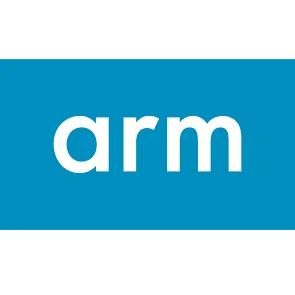Linux 6.10 To Add Script For Building ARM64 Flat Image Trees

The Flat Image Tree images can be booted by U-Boot, LinuxBoot, Coreboot, and others as a single file containing the compiled kernel with necessary DeviceTree for supported hardware. Flat Image Trees are not an entirely new phenomenon but with Linux 6.10 there is a Python script being added "make_fit.py" for generating a Flat Image Tree as well as a new "make image.fit" target for the mainline Linux kernel for easily building a FIT.
Simon Glass with Google's Chromium team contributed this Flat Image Tree build target support for the kernel. With this integration to be upstreamed, it makes it more effortless to compile an upstream kernel and build out a FIT that can then be easily loaded on a supported ARM64 board via TFTP for quick deployments/testing.
The Flat Image Tree specification for those interested can be found via GitHub. Flatted Image Trees were started by U-Boot with more details also via the U-Boot documentation.
The Flat Image Tree build target support is currently residing within ARM64's for-next/kbuild branch ahead of the Linux 6.10 merge window opening in mid-May.
1 Comment

